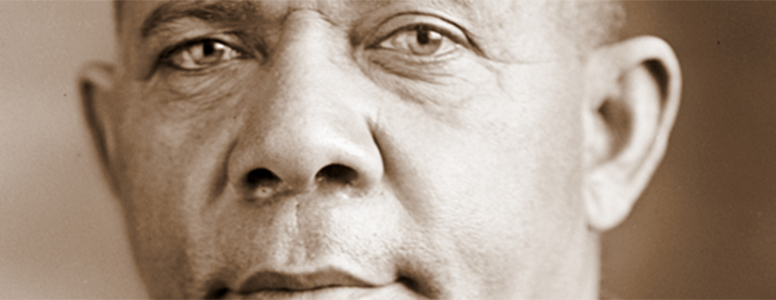
Becoming the Company You Keep
Booker T. intentionally sought only the best for his new project. He hired Robert Taylor, the first black architect to graduate from MIT (who was also near the top of his class).
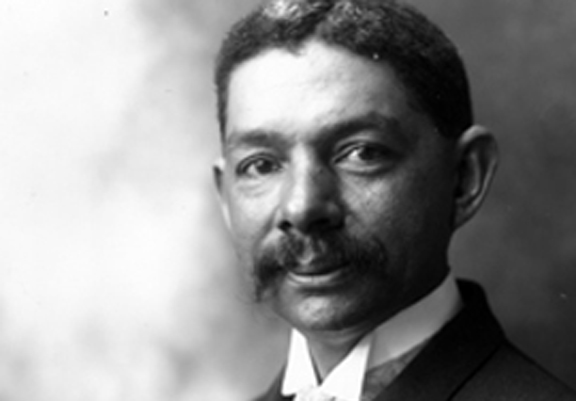
Robert Taylor
Next, Booker T. enticed Iowa botanist George Washington Carver to lead the Agriculture Department. He gave Carver free rein to conduct peanut and soybean experiments. These eventually made Carver famous and saved the economy of the South.

G.W. Carver
Booker T. improvised, innovated and risked everything to work through seemingly impossible problems. Needing buildings for students and faculty, he discovered how to make bricks by mixing straw and water with the red Alabama clay soil found on site. Though he failed several times (and nearly went bankrupt), he persevered until he succeeded. The brickyard even sold excess bricks and made a profit. He reminded his co-laborers, “No man, who continues to add something to the material, intellectual and moral well-being of the place in which he lives, is left long without proper reward.”
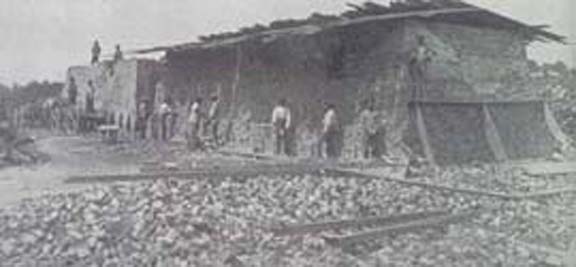
Making bricks
Because it was hard, dusty work, Booker T. Washington had to overcome the “slavery mentality”—the mindset that only slaves are fit for hard work. He had to “un-teach” the false belief held by former slaves that freedom meant being free from hard work. “No race can prosper,” he wrote, “until it learns that there is as much dignity in tilling a field as in writing a poem.”
Course Profile
TIME

2 hrs
SUBJECT

Character and
Life
POINTS

1000
Course Outline
Source Attribution

Related Works
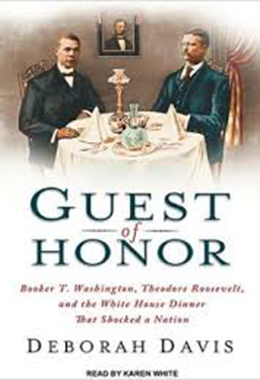
Guest of Honor: Booker T. Washington, Theodore Roosevelt, and the White House Di
Deborah Davis

From Slave to College President; Being the Life Story of Booker T. Washington
G. Holden Pike
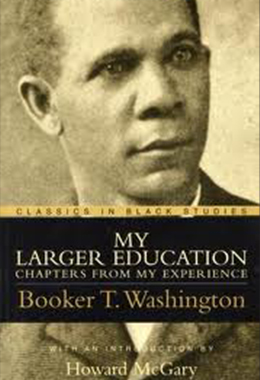
My Larger Education
Booker T. Washington
